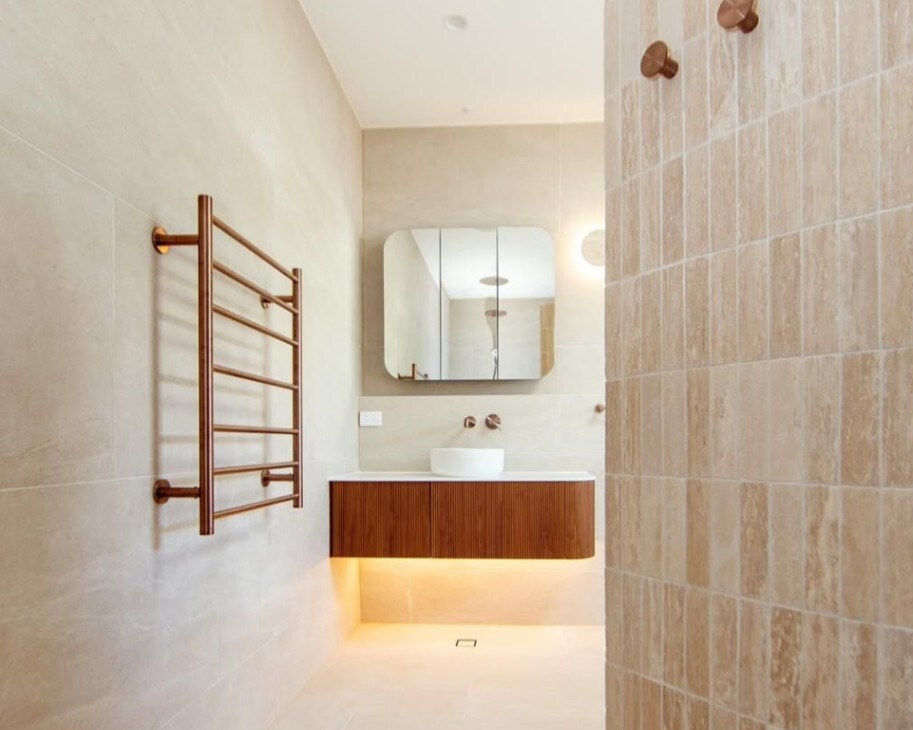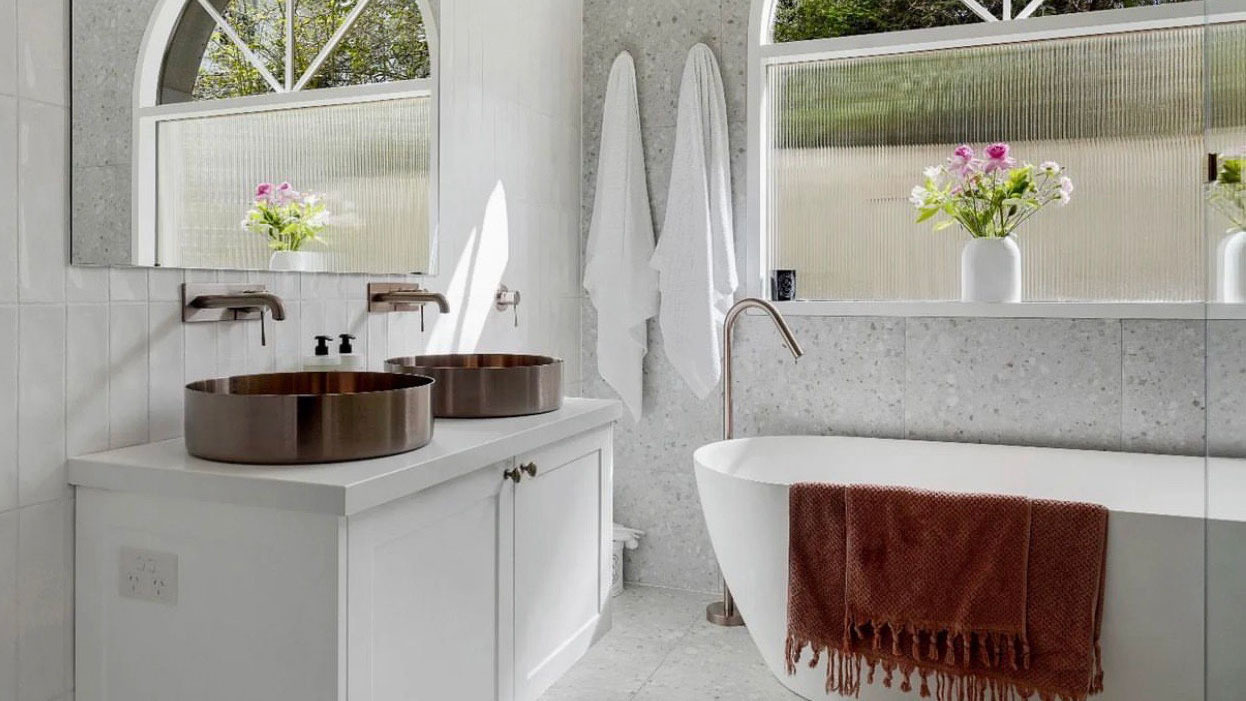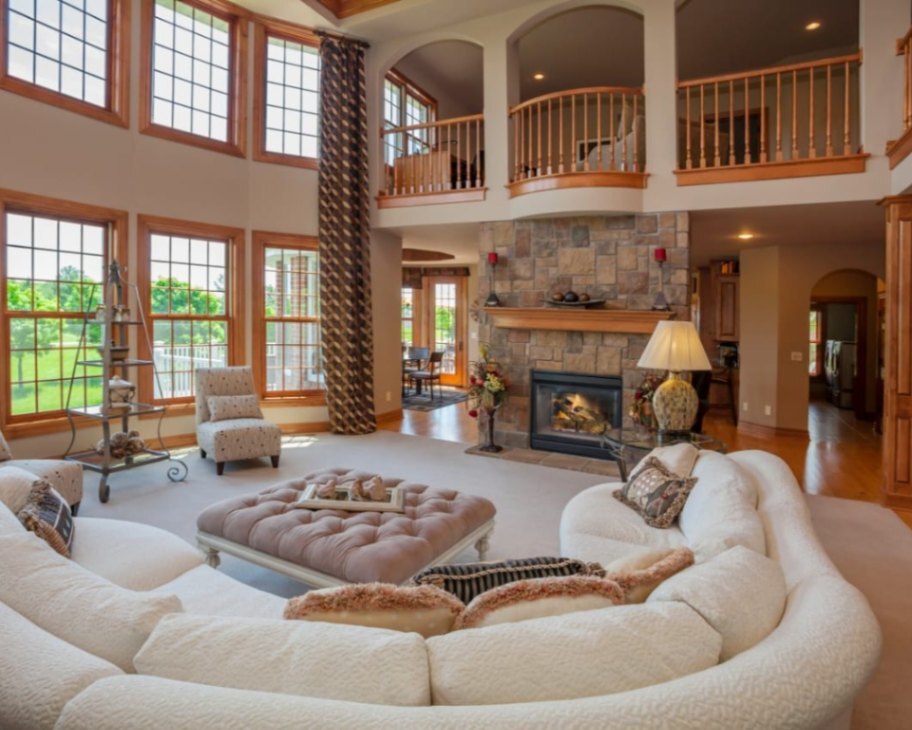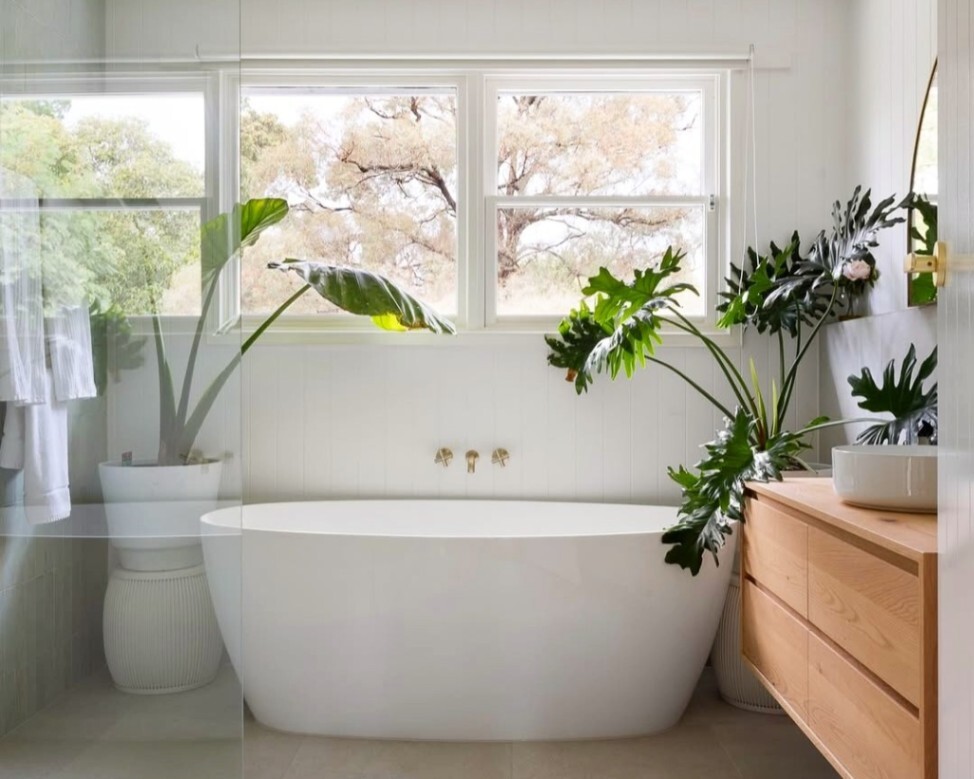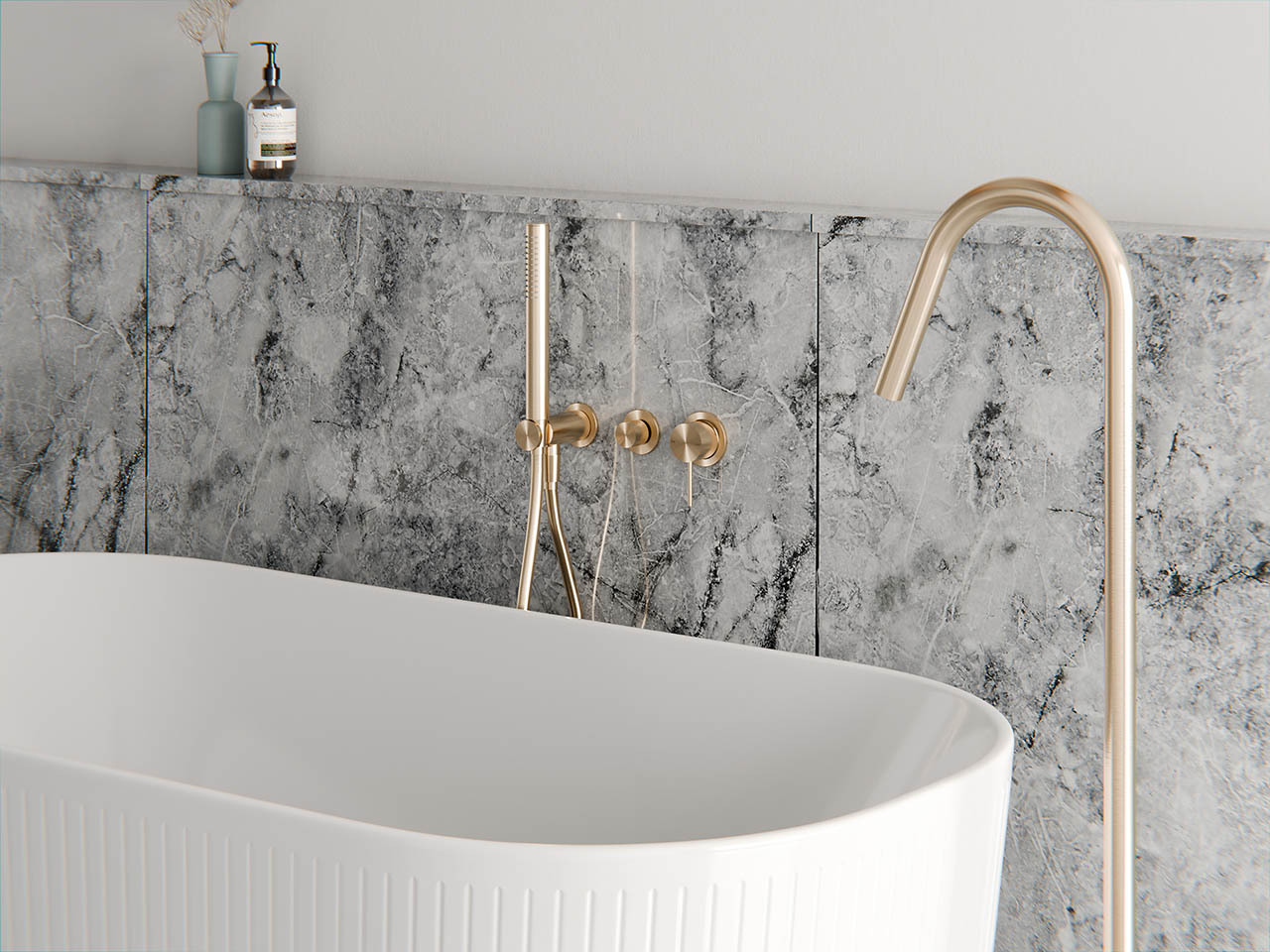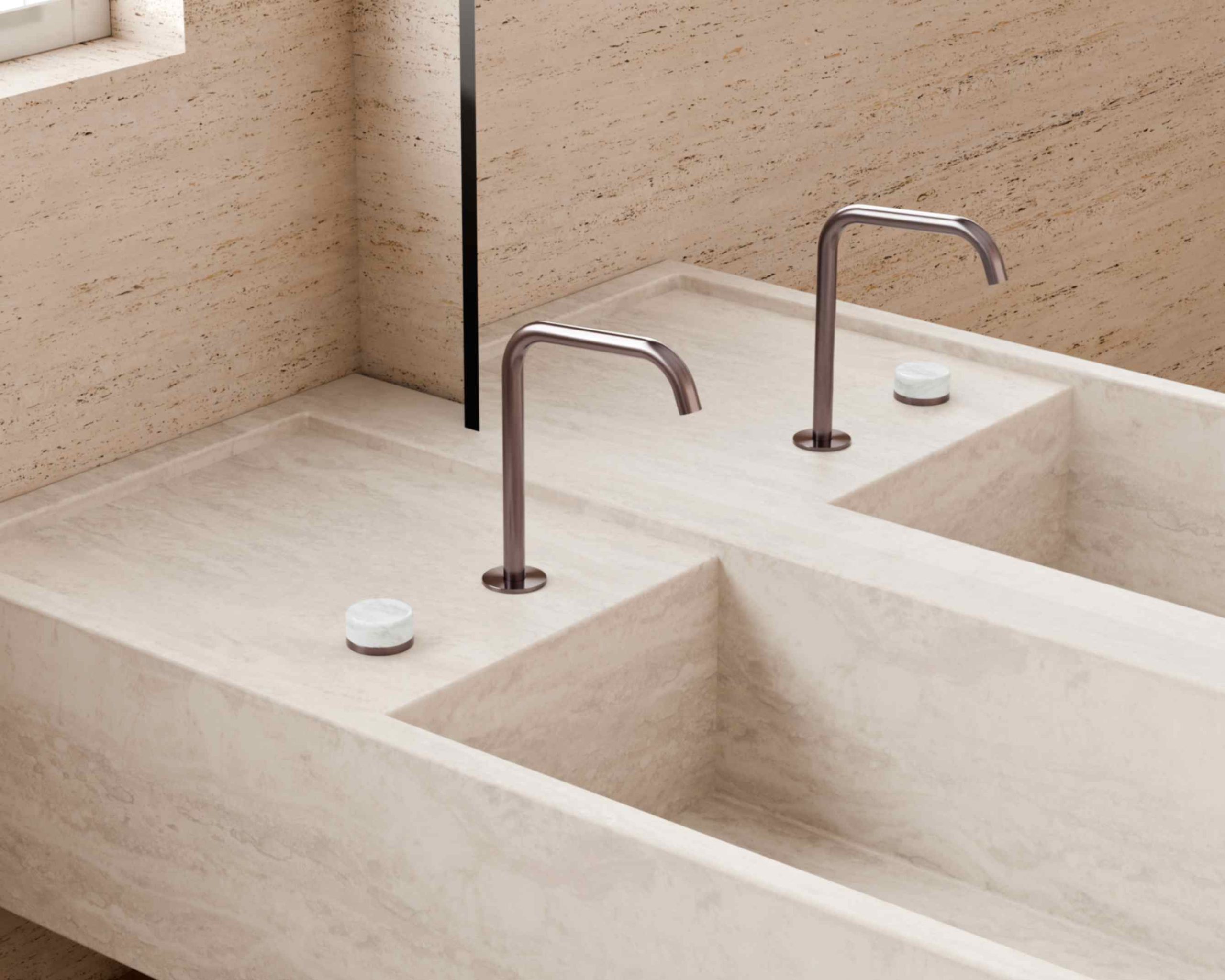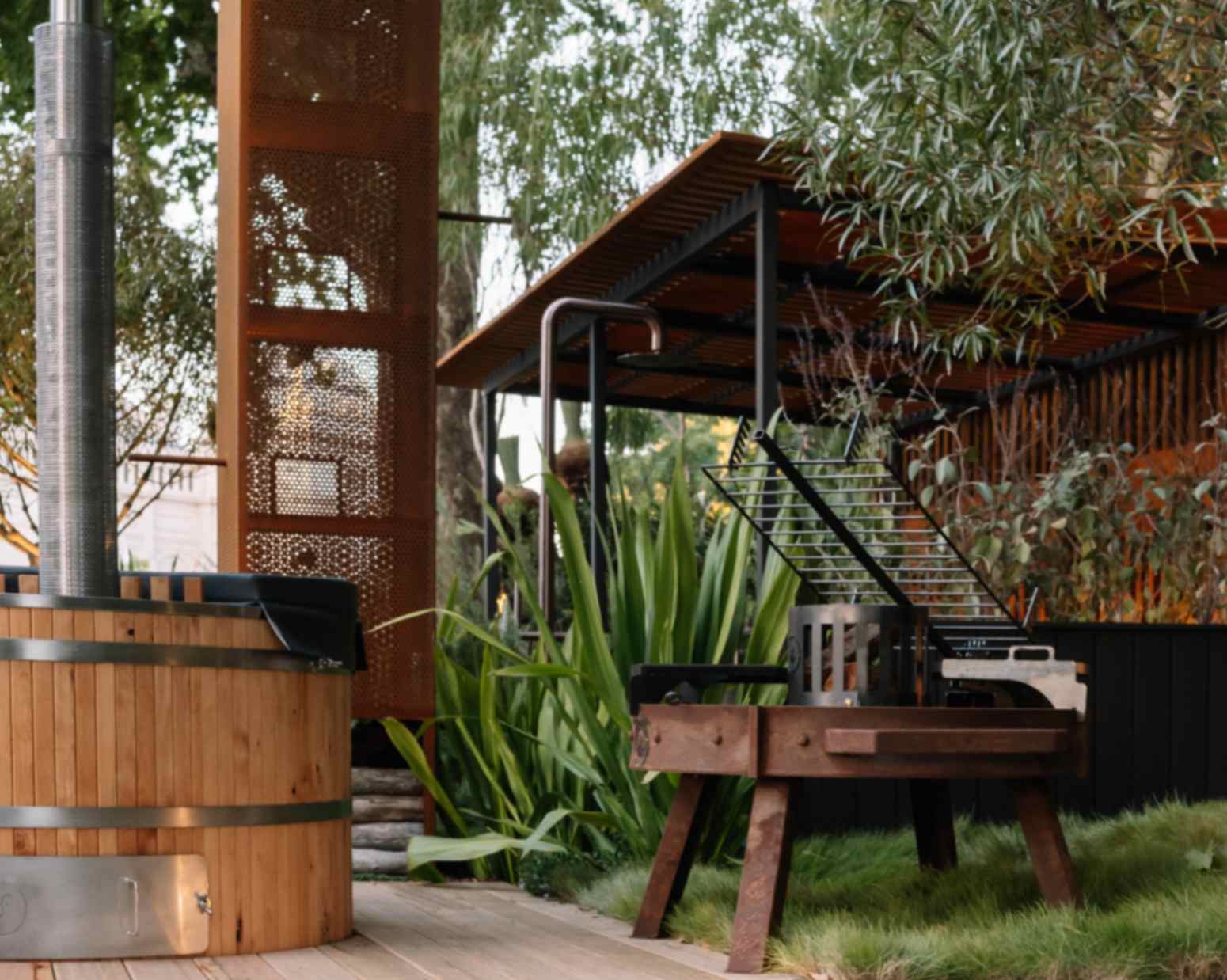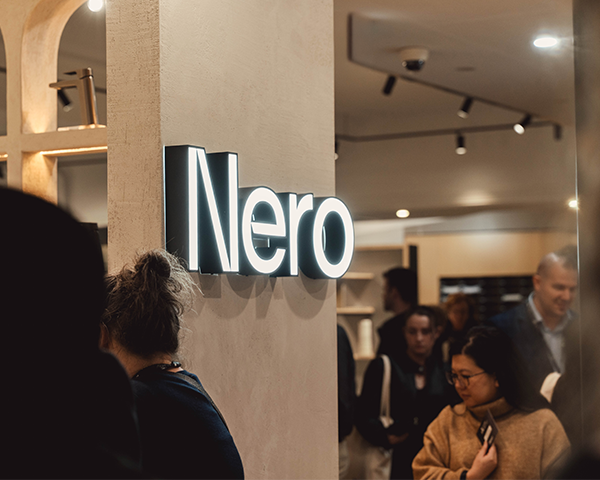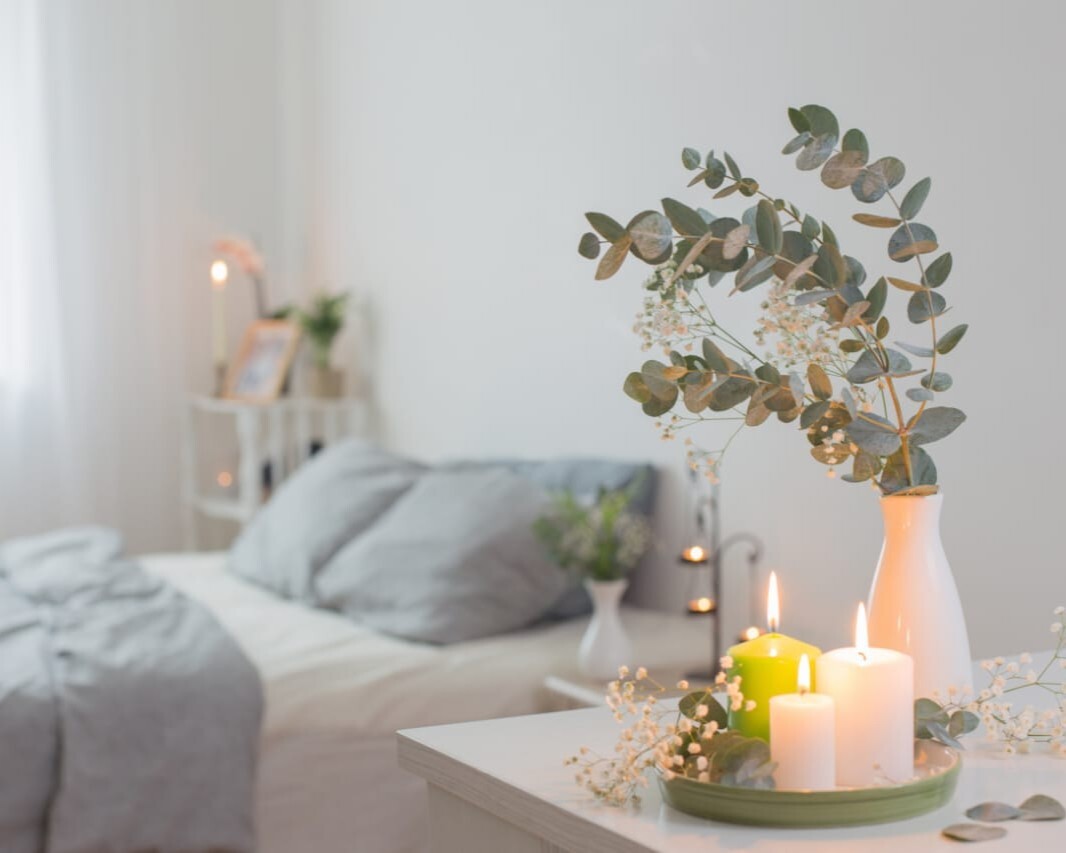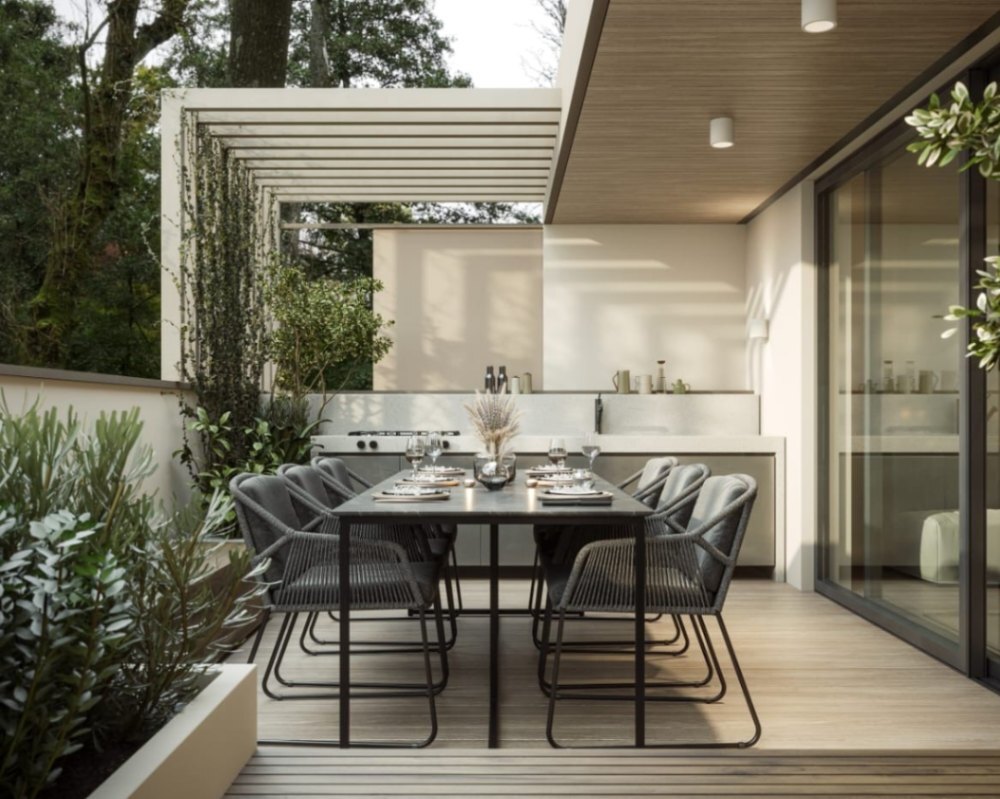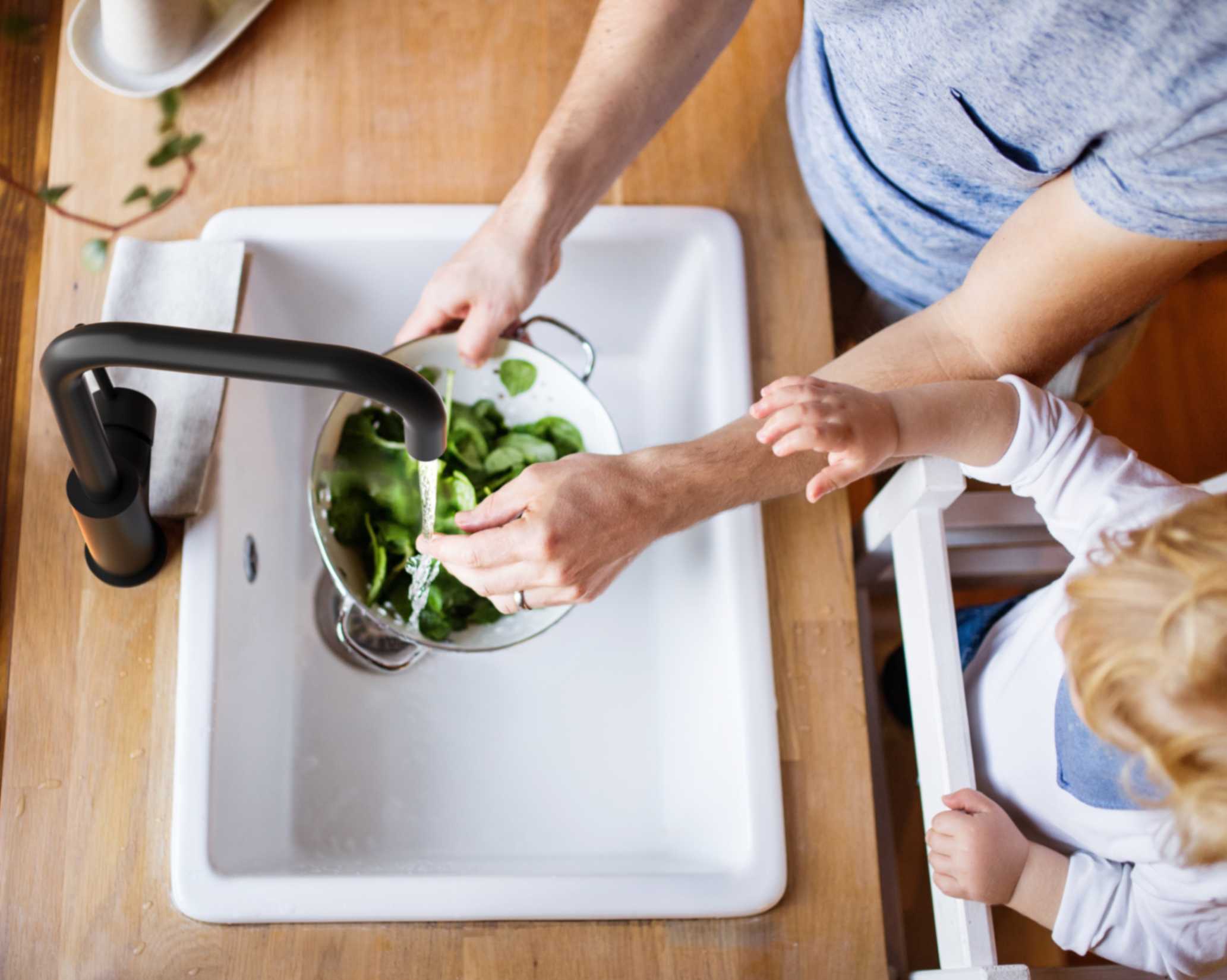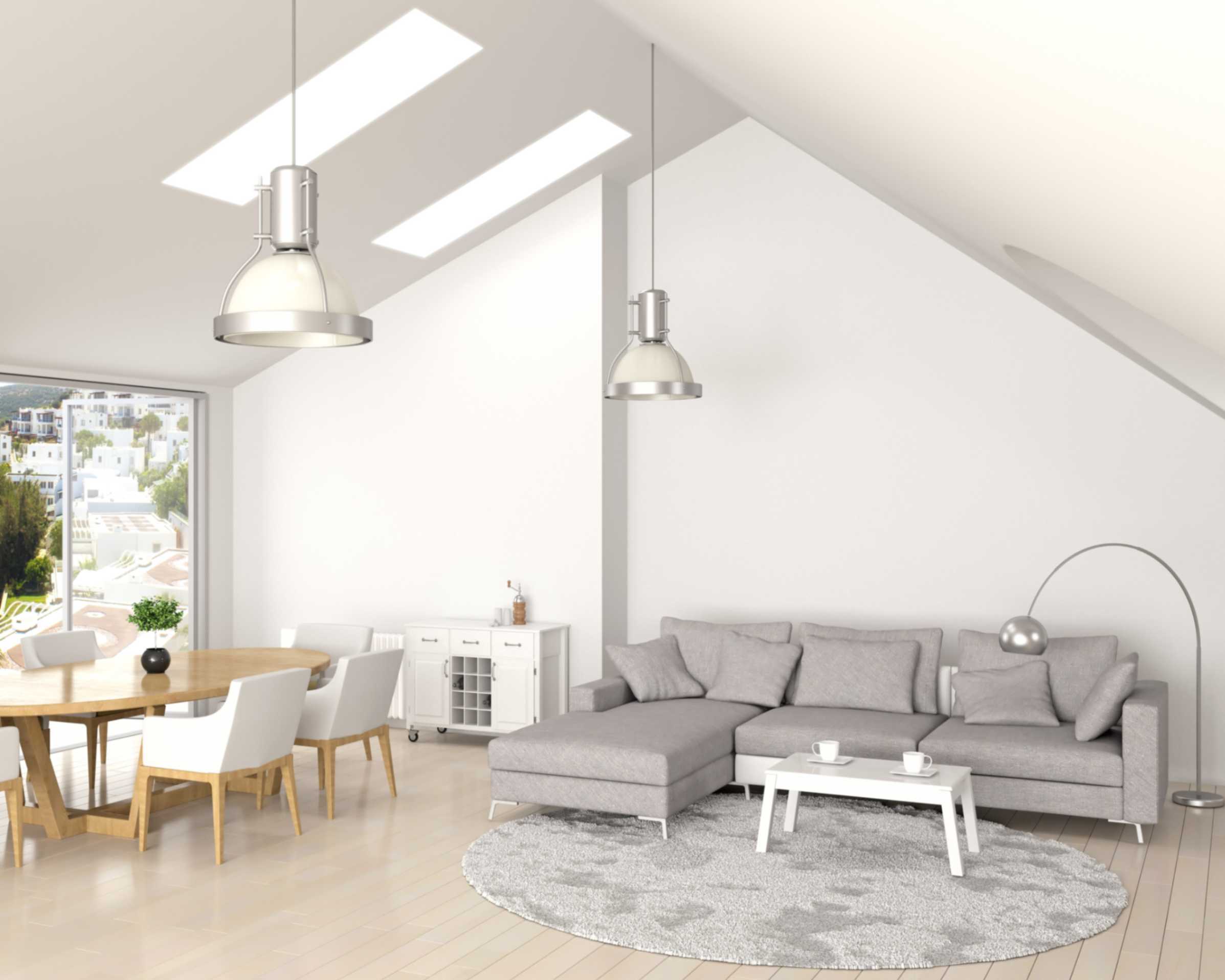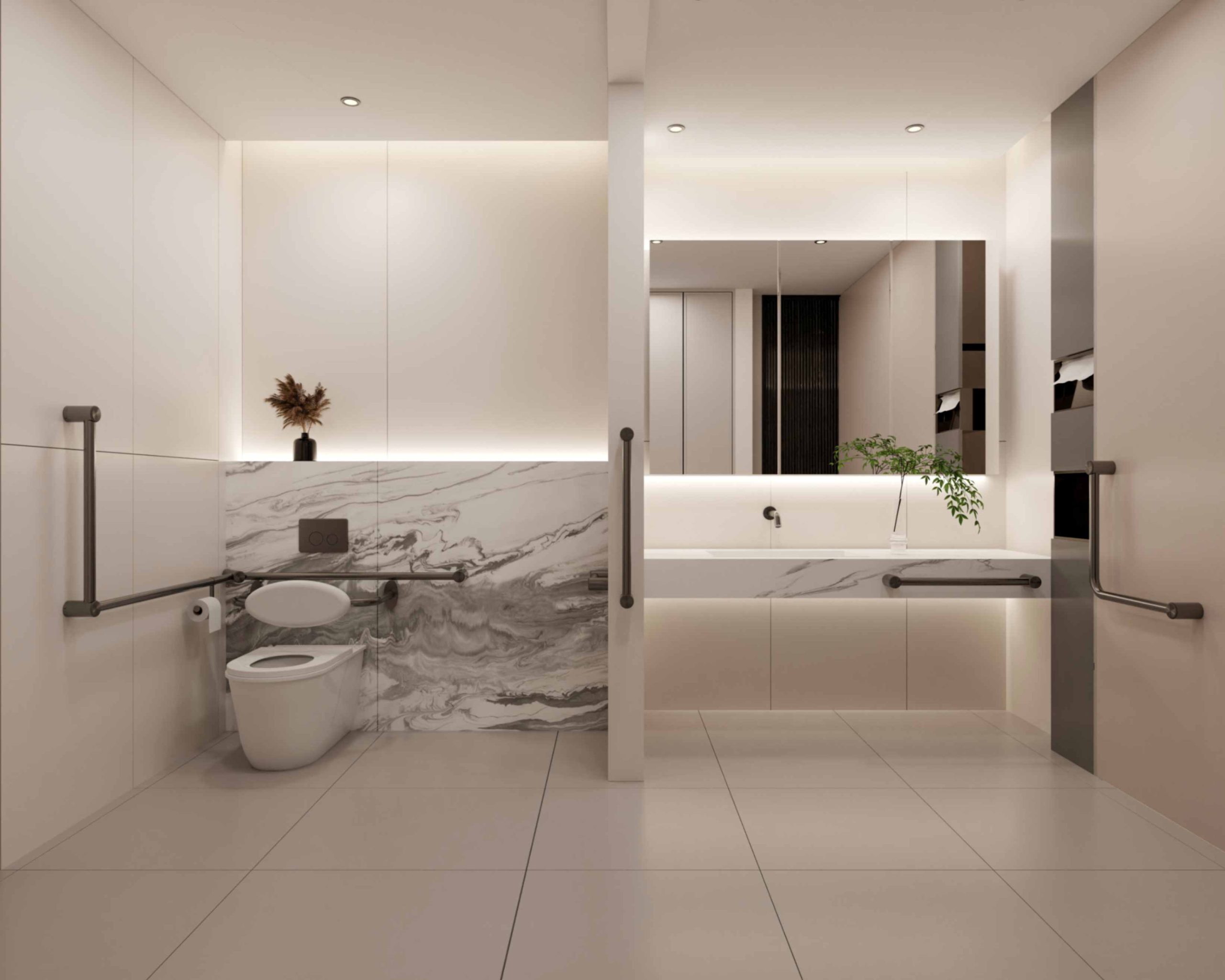
Accessible Bathroom Design Guide: Safe, Stylish, and Smart Bathrooms for the Handicapped

Creating a home that’s safe, comfortable, and welcoming for everyone starts with thoughtful design—and the bathroom is one of the most important places to get it right. Whether you're planning a renovation or future-proofing your space, an accessible bathroom can make daily life easier for people of all ages and abilities.
In Australia, more homeowners are choosing to upgrade their bathrooms with handicap-friendly and wheelchair-accessible features. And it’s not just about mobility—these bathrooms are also stylish, practical, and often increase the value of your home.
In this guide, we’ll walk you through the key features and design tips to create a bathroom that works for everyone—without using complex terms or legal talk. Whether you're caring for a loved one, planning ahead, or simply looking for smart ways to improve your home, these ideas will help you create a space that’s both beautiful and easy to use.
Key Features of a Handicap Accessible Bathroom (Made Simple)

Creating a bathroom that’s easy to use for people with mobility challenges doesn’t mean you need to turn it into a hospital ward. With some thoughtful choices, your handicap accessible bathroom can be practical, safe, and welcoming.
Here are the main features to focus on:
1. Easy Entry and Showers
Step-free entry is a must. This means no raised steps or tricky ledges to trip over. A walk-in shower with a flat floor makes getting in and out much easier, especially for wheelchair users or those who find steps difficult.
2. Support Bars
Grab rails or support bars provide balance and extra support where it’s needed—near the toilet and in the shower. These don’t have to look clinical; many options blend stylishly with your bathroom’s design.
3. Raised Toilets
A toilet that’s a bit higher than usual helps with sitting down and standing up. It reduces strain and makes using the bathroom more comfortable for people with limited strength or flexibility.
4. Wide Doorways
Doors should be wide enough to comfortably fit a wheelchair or walker. This simple change opens up the space and makes moving around much easier.
5. Non-Slip Flooring
Safety is key. Choose flooring that’s slip-resistant to reduce the chance of falls, especially when wet. Many modern tiles and vinyl options offer good grip without sacrificing style.
Also Read: 40+ Bathroom Lighting Ideas: Expert Guide for Stylish & Functional Bathroom Illumination
Simple Layout Tips for Better Accessibility

When it comes to making your bathroom more accessible, the way you arrange the space can make all the difference. A smart layout creates enough room to move comfortably and safely, whether you use a wheelchair, walker, or just need extra space for balance.
1. Open Floor Space
Clear, open space is essential. Aim for enough room to turn around easily—ideally at least 1.5 metres in diameter. This helps wheelchair users and makes it safer for anyone using mobility aids.
2. Group Fixtures Closely but Accessibly
Keeping the sink, toilet, and shower near each other means less movement between them. But don’t crowd them—make sure there’s plenty of clear access around each fixture.
3. Avoid Clutter and Sharp Corners
Keep the floor clear and avoid anything that might get in the way. Rounded edges on benches or cabinets reduce the risk of bumps and bruises.
4. Consider Door Types
Sliding doors or outward-opening doors save space and are easier to use for people with limited strength or dexterity.
Also Read: Understanding AS1428.1 Compliance for Accessible & Ambulant Bathrooms
Choosing the Right Fixtures & Fittings

Choosing the right bathroom fixtures and fittings can make a big difference in how easy and comfortable your accessible bathroom feels. The goal is to pick items that are simple to use and add to the overall safety and convenience of the space.
1. Shower Chairs and Benches
Adding a sturdy chair or bench in the shower offers a comfortable place to sit while bathing. It’s especially helpful for anyone who finds standing for long periods tiring or difficult.
2. Handheld Showerheads
A handheld showerhead is a flexible option that makes washing easier. It can be adjusted and moved to suit different needs, allowing users to control water flow without stretching or bending.
3. Lever Handles and Sensor Taps
Faucets with lever handles are easier to turn than traditional knobs, especially for those with limited hand strength. Sensor taps, which turn on with a wave or touch, add convenience and help reduce the spread of germs.
4. Mirror Angles and Lighting
Make sure mirrors are positioned so they can be used by people sitting or standing. Good lighting—both natural and artificial—helps everyone see clearly and move safely.
Also Read: How to Confidently Mix Kitchen Knobs, Pulls & Fixtures for a Custom Look
Accessible Bathroom Design That Doesn’t Look Clinical

Many people worry that an accessible bathroom will look cold or like a hospital room—but that’s not the case! Today’s designs blend safety with style, so your bathroom can feel warm, inviting, and modern.
1. Stylish Grab Bars
Grab bars don’t have to be plain metal rails. You can find ones with sleek finishes like matte black, brushed brass, or even wood textures that complement your bathroom decor.
2. Warm and Neutral Colours
Soft, neutral tones create a calm atmosphere that feels welcoming. Think gentle creams, soft greys, or earthy colours that pair well with natural light.
3. Personal Touches
Add plants, artwork, or textured towels to make the space feel like your own. These little details can bring warmth and personality without compromising on function.
4. Natural Light and Ventilation
If possible, use windows or skylights to bring in daylight. Good ventilation keeps the bathroom fresh and comfortable for everyone.
Also Read: Open Shelving vs. Closed Cabinets: Which Is Right for Your Kitchen?
Cost-Friendly Accessible Bathroom Options and Where to Start

Making your bathroom accessible doesn’t mean you have to spend a fortune or remodel everything at once. There are simple, budget-friendly changes that can make a big difference—and you can always add more features over time.
1. Start Small
- Install grab rails near the toilet or in the shower.
- Replace taps with lever handles for easier use.
- Add a shower chair or bench.
- Use non-slip mats or replace slippery flooring with affordable non-slip options.
2. Flooring Choices
If a full floor replacement isn’t on your budget right now, consider non-slip mats that cover the most-used areas. When you’re ready, vinyl or textured tiles are cost-effective and safer options.
3. Grants and Support
In Australia, there are programs that may help with the costs of home modifications—especially if you or a family member receive support through aged care or disability services. It’s worth checking resources like My Aged Care or your state government’s health department for options.
Also Read: 27 Stunning Bathroom Tile Ideas to Transform Your Space in 2025
When to Call a Pro (and What to Ask)
Not every bathroom upgrade requires a specialist, but for bigger projects or when you want to make sure everything is done safely and correctly, calling a professional is a smart move.
When to Consider a Professional
- Installing new plumbing or changing the layout.
- Adding ramps or wider doorways.
- Ensuring flooring and surfaces meet safety needs.
- When you want expert advice on the best accessible design for your space.
What to Look For in a Bathroom Renovator
- Experience with accessible or inclusive bathroom projects.
- Good reviews or recommendations from other Australian homeowners.
- Willingness to explain options clearly without confusing technical talk.
Questions to Ask Before Hiring
- Have you worked on bathrooms designed for people with mobility challenges?
- Can you recommend safe, slip-resistant flooring options?
- How will the changes improve comfort and safety for my family?
- What is the estimated timeline and cost for the project?
Also Read: 25+ Ways to Save Water: Practical Tips for Your Kitchen, Bathroom, Laundy Room, and Garden!
Accessible Bathroom Checklist

Here’s a simple checklist every homeowner should keep in mind when planning or updating an accessible bathroom. Use this as a handy guide to make sure your space is safe, comfortable, and easy to use.
Accessible Bathroom Basics:
- Wide doorway — at least 80cm wide to allow easy wheelchair or walker access.
- Non-slip floor — choose flooring that reduces slips, especially when wet.
- Grab rails — near the toilet and in the shower for support (choose stylish options that match your decor).
- Easy-to-reach shower controls — positioned so they can be used without stretching or bending.
- Shower seat or bench — provides a safe place to sit while bathing.
- Lever-style taps or sensor taps — easier to turn on/off than traditional knobs.
- Step-free shower entry — no raised ledges to trip over.
- Good lighting and ventilation — bright enough to see clearly and fresh air to prevent dampness.
- Enough open space — room to move safely with mobility aids or to assist a loved one.
- Mirror placement — visible for both seated and standing users.
Feel free to print or save this checklist and share it with your family or contractor. It’s a great way to keep everyone on the same page!
Enhance Your Accessible Bathroom with Mecca Care by Nero Tapware

Ready to take your accessible bathroom to the next level? Discover the Mecca Care range byNero Tapware—a collection designed specifically for comfort, safety, and style.
Also Read: Nero Tapware’s Mecca Care Line: Australia’s AS1428.1 Compliant Tapware for Accessible Bathrooms
Why choose Mecca Care?
- ✅ Thoughtfully designed for users with mobility challenges—ideal for aging in place or creating inclusive spaces.
- ✅ Sleek, modern finishes like matte black and chrome that blend effortlessly with contemporary Australian bathrooms.
- ✅ Trusted Australian brand known for combining function with standout style.
Top Mecca Care Products to Consider:
- Mecca Care Grab Rails: Supportive and non-intrusive, these rails offer stability without the clinical look. Available in multiple lengths and finishes to suit any design.
- Mecca Care Shower Seat: A foldable, wall-mounted seat that offers comfort, support, and space efficiency—perfect for walk-in showers.
- Mecca Care Basin Mixer with Extended Lever Handle: Ideal for users with limited grip or dexterity, this mixer is easy to operate and elegantly designed.
Whether you're upgrading your own home or supporting a loved one, Mecca Care makes it easier to create a bathroom that's safe, stylish, and built to last.
Explore the full range atnerotapware.com.au and start building your accessible dream bathroom today or contact us so we can help you design your accessible bathroom!
Also Read: The Ultimate Outdoor Kitchen Guide for Australians: DIY Tips, Designs, and Ideas
